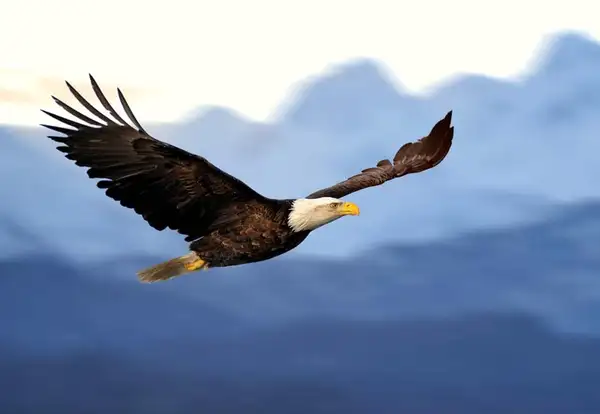More than 7,000 species worldwide are considered endangered. That number doesn't even include plants, animals and other life forms that some scientists classify as vulnerable, critically endangered or extinct in the wild - all rankings that mean a species is getting closer to an ill-fated fate. extinct. So how exactly does a species become endangered, and who decides?

While different governments and local organizations often have their own ways of deciding which species are nearby, the International Union for Conservation of Nature (IUCN) maintains the most comprehensive list of endangered species anywhere in the world. The so-called Red List of Endangered Species judges each species against five different criteria for an in-depth scientific approach. According to the definition of IUCN, an endangered species refers to a species that meets any of the following criteria: a population reduction of 50-70% within 10 years, a total geographical area of less than 5,000 km 2 (or a local population area of less than 500 km 2), and a population size of less than 2,500 adults people, limiting the population to 250 adults, or statistics predict it will become extinct within the next 20 years.
Although the IUCN Red List covers a broad range of endangered species, it doesn't fully explain how a species reaches these low points. Prepare to feel guilty: The most common factor in species decline is human intervention. Loss of habitat, introduction of alien species into the environment, hunting, pollution, disease and loss of genetic variation are all causes of species decline and are most commonly the result of human activities. Take the bald eagle, for example: North America's rising human population and urban development have restricted the animal's habitat; the rise in falconry for recreation has reduced their numbers; and farm use of the pesticide DDT has harmed the animal's ability to reproduce. The species was listed as endangered in 1978.
But while humans are the primary cause of species decline, listing a species as endangered encourages action to reverse the effects of human intervention. In the mid to late 20th century, U.S. Fish and Wildlife Service conservation efforts criminalized the hunting of bald eagles and the use of the pesticide DDT. The effect was positive, and the bald eagles' numbers continued to increase, and in 1995 they were removed from the endangered species list.
animal tags:
We created this article in conjunction with AI technology, then made sure it was fact-checked and edited by a Animals Top editor.